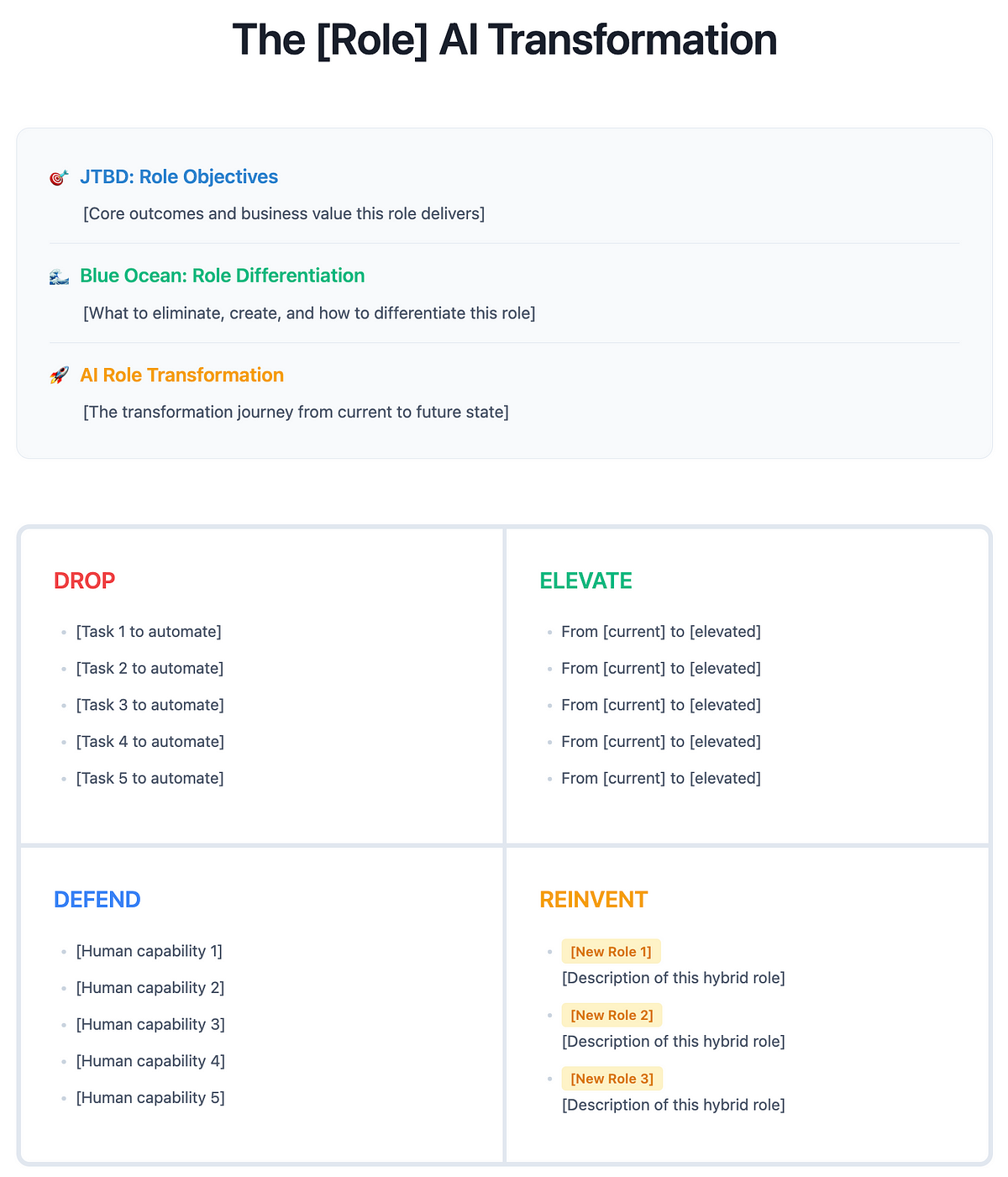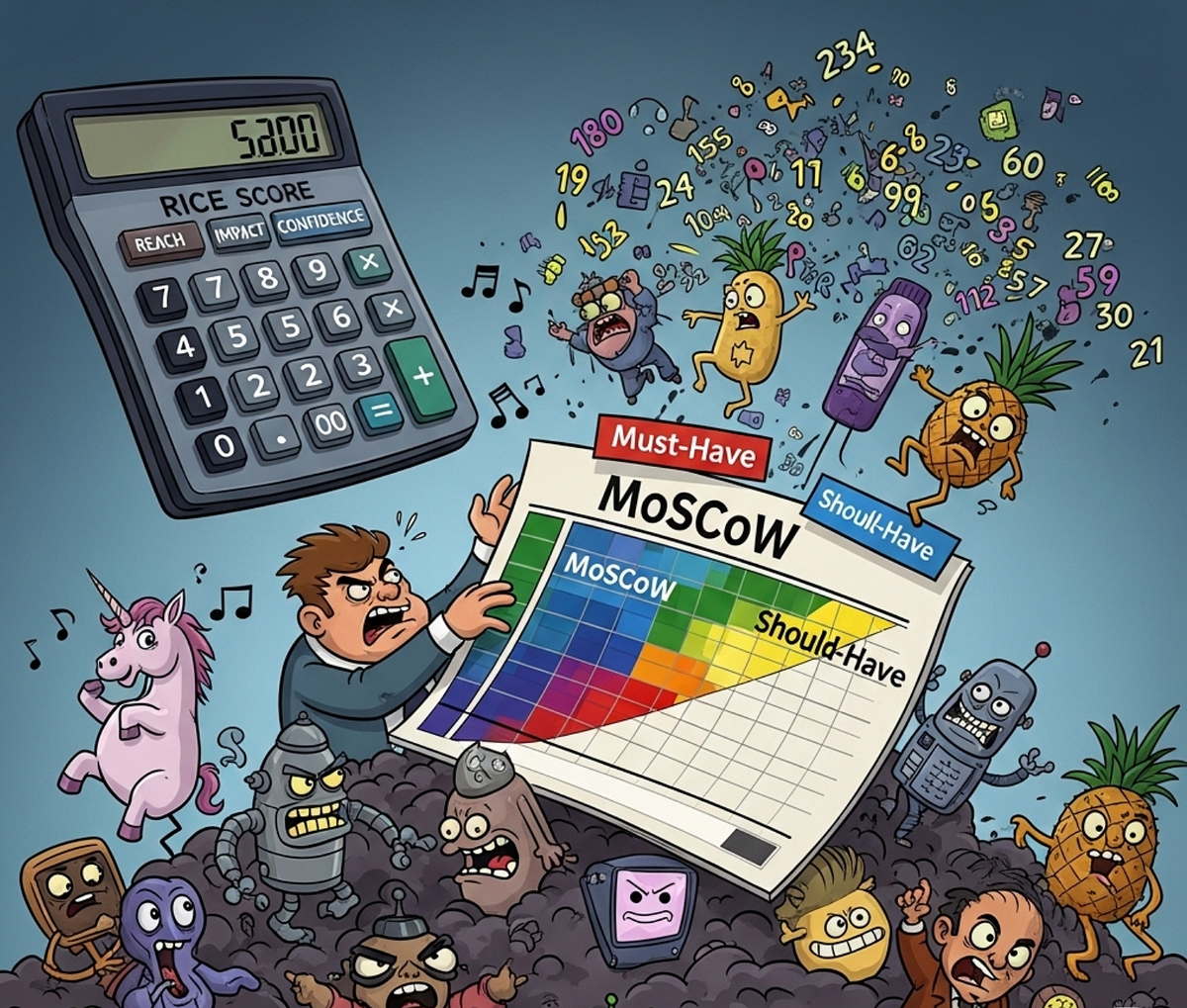Printing Services Market Growth, Innovation, and Emerging Opportunities
The global printing services market size was valued at USD 19.72 billion in 2023, is projected to reach USD 41.97 billion by 2031, with a CAGR of 9.90% during the forecast period 2024 to 2031. In addition to the market insights such as market value, growth rate, market segments, geographical coverage, market players, and market scenario, the market report curated by the Data Bridge Market Research team includes in-depth expert analysis, import/export analysis, pricing analysis, production consumption analysis, and pestle analysis.
Introduction
The printing services market remains an essential part of the global business ecosystem. Despite the growth of digital platforms, printing services continue to play a vital role in advertising, packaging, publishing, and corporate communications. Businesses rely on these services for brochures, business cards, labels, signage, promotional materials, and more. As industries evolve, so does the need for more flexible, high-quality, and cost-effective printing solutions.
Market Size
The global printing services market size was valued at USD 19.72 billion in 2023, is projected to reach USD 41.97 billion by 2031, with a CAGR of 9.90% during the forecast period 2024 to 2031. In addition to the market insights such as market value, growth rate, market segments, geographical coverage, market players, and market scenario, the market report curated by the Data Bridge Market Research team includes in-depth expert analysis, import/export analysis, pricing analysis, production consumption analysis, and pestle analysis.
For more information:
https://www.databridgemarketresearch.com/reports/global-printing-services-market
Market Trends
Personalization is one of the strongest trends shaping the printing services industry. Businesses want printed materials that reflect their brand identity and speak directly to their target audience. From custom labels to personalized direct mail, demand for unique, brand-aligned printing is rising.
Another trend is the shift toward on-demand printing. Companies are reducing inventory and avoiding waste by ordering printed materials only when needed. This has led to a rise in digital printing technologies that allow small batch production with fast turnaround.
Sustainability is also influencing the market. Clients are seeking eco-friendly printing services that use recycled paper, biodegradable inks, and low-energy printing methods. Providers are responding by adopting green practices and offering carbon-neutral printing options.
Online print platforms are gaining popularity. Customers can upload designs, select options, and place orders directly through digital portals. This increases convenience and cuts costs for both providers and clients.
Integration with software tools is also trending. Print services are becoming part of automated workflows, especially in the corporate sector. Cloud printing, API-based ordering, and CRM integrations are streamlining how organizations manage their printed assets.
Market Share
The printing services market is highly fragmented. It includes large multinational corporations, mid-sized companies, and small local providers. No single company dominates the global market entirely, but several players hold significant regional or service-specific shares.
Companies like RR Donnelley, Cimpress (owner of Vistaprint), Canon Solutions America, Xerox, Quad/Graphics, and Deluxe Corporation are major players. These providers serve a broad range of industries, from retail and healthcare to finance and education.
Online-first companies like Moo, Printful, and Zazzle are gaining market share quickly due to their ease of use, fast shipping, and customizable offerings. These firms cater largely to small businesses and entrepreneurs seeking cost-effective branding solutions.
Many local and regional printers maintain loyal customer bases through excellent service, fast turnaround, and specialization in niche areas like wedding stationery, real estate signage, or restaurant menus.
The Evolution of the Printing Services Market
The printing industry has undergone several phases of transformation. Originally, printing was manual and labor-intensive. Letterpress and offset printing dominated for decades and were suitable only for large-volume jobs.
With the development of digital printing in the 1990s, small-run and personalized jobs became viable. Inkjet and laser printing technologies made it possible to print high-quality materials without setting up traditional plates.
The 2000s saw rapid advances in print quality, color accuracy, and speed. Print-on-demand became a widely available service, reducing waste and enabling real-time customization.
Today, the industry continues to evolve with 3D printing, automated workflows, and smart printing solutions. Artificial intelligence, big data, and Internet of Things (IoT) are starting to influence how print services are offered and managed. For example, predictive maintenance and print job optimization are improving equipment efficiency.
Market Trends and Factors Driving Growth
Several factors are driving growth in the printing services market. The packaging industry is one of the biggest contributors. With e-commerce booming, the demand for printed boxes, labels, and branded packaging is higher than ever. Retailers and online sellers want packaging that enhances the customer experience while reinforcing brand identity.
Education remains a consistent source of demand, particularly in developing countries. Printed textbooks, workbooks, and exam papers are still widely used in classrooms and learning centers.
Corporate communication continues to rely on printed materials. Despite digital alternatives, many businesses still value physical brochures, reports, flyers, and signage for trade shows, presentations, and internal use.
The healthcare sector is another growth area. Hospitals, clinics, and pharmaceutical companies need printed materials for patient education, drug labeling, signage, and documentation. Accuracy and compliance are critical in this sector, leading to demand for specialized printing services.
The creative industry also contributes to market expansion. Artists, photographers, and designers require high-quality prints for portfolios, galleries, and retail. Services that offer fine art printing, giclée printing, and photo books are seeing steady interest.
Technological innovation supports growth by increasing productivity and reducing operational costs. High-speed digital printers, advanced color management systems, and automated finishing tools help providers handle diverse and complex jobs efficiently.
Customization continues to fuel demand. Businesses of all sizes now expect to be able to order small quantities of personalized materials at competitive prices. This has encouraged providers to upgrade equipment and software for flexible production.
E-commerce integration also supports growth. The ability to manage orders, proofs, shipping, and customer communication through a single online interface makes the printing process faster and more transparent for clients.
Sustainability is another factor attracting new business. As more organizations commit to reducing their environmental impact, they are selecting printing partners that use recycled materials, energy-efficient machinery, and non-toxic inks.
Globalization and outsourcing are shaping the market as well. Many businesses use offshore printing services to reduce costs or handle overflow production. However, domestic printers can compete effectively by offering faster delivery, better quality control, and local customer support.
Browse Trending Reports:
Electrical Insulation Tape Market
Agrigenomics for Livestock Market
Composite Coatings Market
Refrigerant Market
Small-Scale Liquefied Natural Gas (LNG) Market
Neural Network Software Market
Emergency Medical Service (EMS) Products Market
Logistics Automation Market
Atomic Layer Deposition Market
Occupational Therapy Market
Automotive Drive Shaft Market
Allograft Market
Contact Us:
Data Bridge Market Research
US: +1 614 591 3140
UK: +44 845 154 9652
APAC : +653 1251 975



































































![https //g.co/recover for help [1-866-719-1006]](https://newsquo.com/uploads/images/202506/image_430x256_684949454da3e.jpg)
























![How Smart PMs Scale Their Careers in Any Org [TPG Live Recap]](https://tpgblog.com/wp-content/uploads/2025/06/2025-06-12-thumbnail-action.png?#)

















































